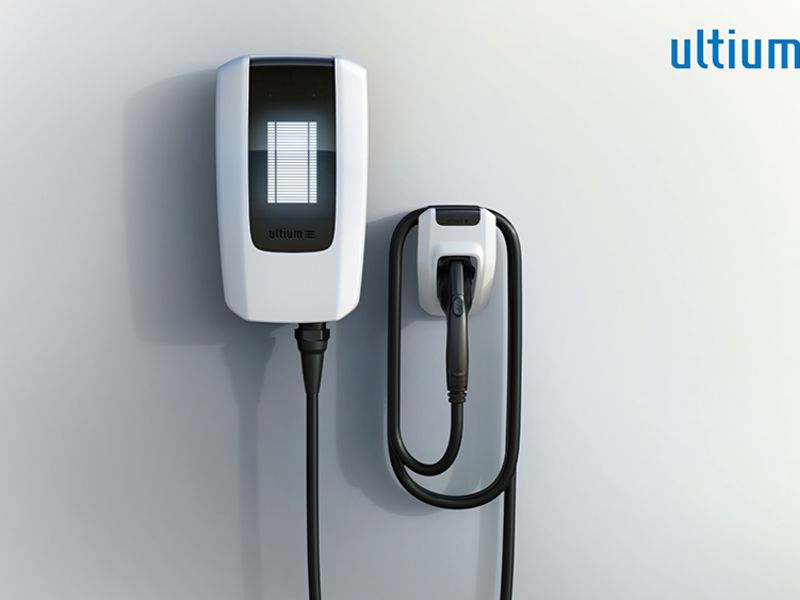
DETROIT — General Motors on Tuesday said it will work with its dealerships in the U.S. and Canada to establish a network of 40,000 electric vehicle chargers over the next four years.
The chargers will bear the name of GM’s Ultium battery brand and also be available for buyers of Ultium-powered vehicles, such as the upcoming GMC Hummer and Cadillac Lyriq, to purchase.
GM will distribute up to 10 chargers to each store starting early next year, and it would be up to each dealer to find suitable locations in the community. The chargers are intended to be installed at sites such as shopping centers, offices or even fields used by Little League teams that the dealership sponsors, rather than at the dealerships themselves.
The effort is part of GM’s $750 million commitment toward charging infrastructure through 2025.
“We want to give customers the right tools and access to charging where and when they need it,” GM President Mark Reuss said in a statement, “while working with our dealer network to accelerate the expansion of accessible charging throughout the U.S. and Canada, including in underserved, rural and urban areas.”
GM said its retail footprint extends to within 10 miles of nearly 90 percent of the U.S. population, putting dealers in the best position to determine where chargers should be located to serve their customer base.
The chargers would be open to vehicles of any compatible brand, and dealers would be able to display their own branding information. They are Level 2 chargers, which means they use 240 volts.
GM expects that site owners will cover the cost of installation for a majority of the chargers and set pricing or decide whether to let customers use them for free, Alex Keros, GM’s chief architect for EV charging infrastructure, told Automotive News.
GM did not say how much customers would pay for the chargers when bought with a vehicle. The chargers will be available in 11.5-kilowatt and 19.2-kilowatt versions, and the cost can be rolled into lease or financing payments.
The addition of 40,000 chargers would vastly expand the size of the country’s charging network. According to Department of Energy data, there are about 120,000 charging ports in use today, mostly with Level 2 voltage.
“We’ll keep our ear to the ground on how they’re deployed if there’s interest in more,” Keros said.

